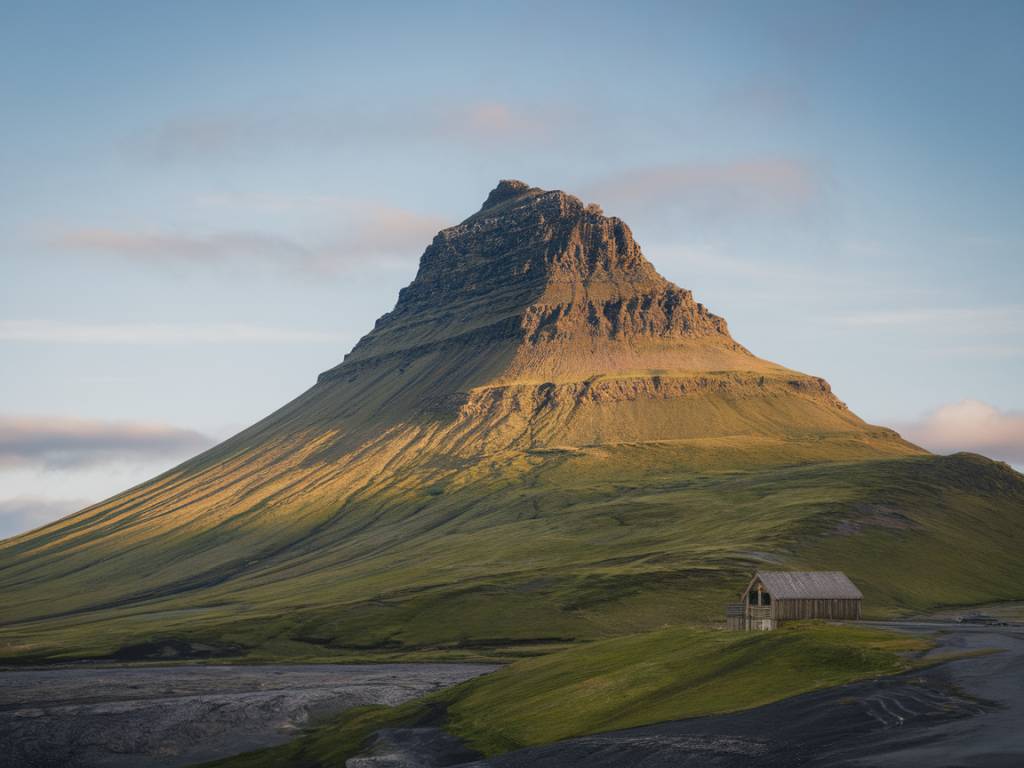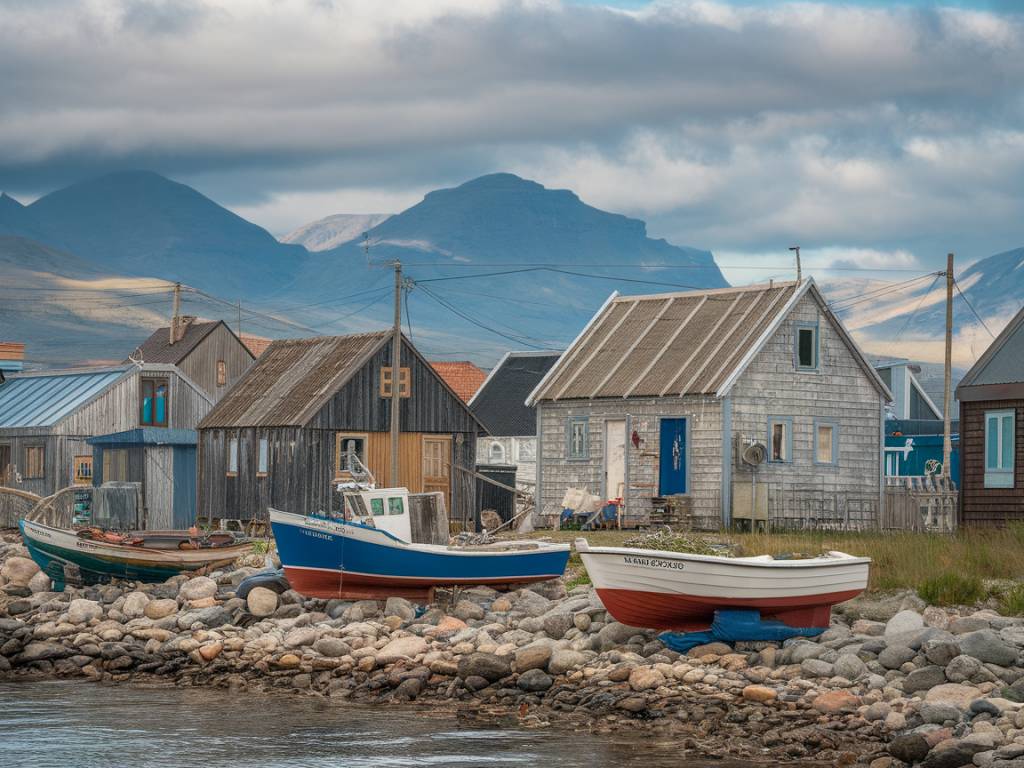Traveling to Iceland is a dream for many, drawn by its stunning landscapes, unique culture, and the promise of adventure. However, Iceland is also known for being an expensive destination. As someone who’s navigated this enchanting island more than once, I want to share some insights on how to budget effectively for a trip to Iceland.
Flights
Your journey to Iceland begins with booking your flights. Depending on your point of departure, airline prices can vary significantly. From North America, you can find return flights from major hubs like New York or Toronto starting at around $400 during off-peak seasons (September to May). From Europe, particularly from cities like London or Copenhagen, fares can be as low as €100. It’s crucial to book well in advance and remain flexible with your dates to snag the best deals.
I recommend using fare comparison websites and setting up price alerts to monitor fare drops. Keep in mind that direct flights to Iceland land at Keflavík International Airport, about 50 km from Reykjavík, the capital. Factor in around $25-$30 for transportation from the airport to the city center if you’re taking the Flybus.
Accommodation
The cost of accommodation in Iceland can be significant, but there are options to suit various budgets:
- Hostels: Hostel dorm beds usually range from $30-$70 per night. A private room in a hostel can set you back between $70-$150.
- Guesthouses and B&Bs: These typically cost between $100-$200 per night for a double room. Many include breakfast.
- Hotels: A mid-range hotel room will generally cost around $150-$300 per night, while high-end hotels can range from $300 upwards.
- Self-catering cottages and Airbnb: Prices vary widely depending on location and amenities, with most costing between $100-$250 per night.
- Camping: For the truly budget-conscious and adventurers, camping is a viable option in the summer months. Campsites usually charge around $10-$15 per person per night.
I found that booking accommodations early is beneficial, especially if you’re traveling during the peak holiday seasons. Also, combining city stays with nights in smaller towns or rural areas can help keep costs manageable.
Transportation
Exploring Iceland efficiently requires careful consideration of transportation costs:
- Rental Cars: Prices depend on the type of vehicle and rental duration. For a compact car, expect to pay around $40-$70 per day. Larger 4×4 vehicles can range from $100-$200 per day, essential if you’re planning to venture onto F-roads in the Highlands. Petrol costs about $2 per liter.
- Public Transportation: Buses are available but infrequent and often limited to the summer season. Single tickets within Reykjavík cost approximately $4, while intercity routes like Reykjavík to Akureyri can cost around $60-$80 one way.
- Tours: If you prefer guided tours, be prepared to pay. Day tours can range from $50-$200, depending on the destination and activities included. Multi-day tours cost significantly more but include accommodation, meals, and guided experiences.
I personally found renting a car the most flexible and rewarding option, allowing for spontaneous detours and photo stops, though it is essential to budget for insurances and fuel costs.
Food and Drink
Food in Iceland can be costly, but there are ways to enjoy the local cuisine without breaking the bank:
- Grocery Stores: Shopping at stores like Bonus, Krónan, or Netto and preparing meals yourself is a budget-friendly option. A typical grocery bill for a week might range from $50-$100 per person.
- Dining Out: Eating out can vary from fast food ($10-$15 for a meal) to casual dining ($20-$50 per person) up to fine dining experiences which can exceed $100 per person. I highly recommend trying local delicacies such as skyr, lamb, and seafood.
- Coffee and Snacks: A coffee typically costs around $3-$5, while pastries or simple snacks are about $3-$7. Reykjavík is known for its charming cafés, so it’s hard to resist indulging occasionally!
Throughout my trips, I noticed that balancing self-catering with occasional dining out allowed me to savor Icelandic flavors without overspending.
Activities and Attractions
Many of Iceland’s natural attractions are free to visit, which is a boon for budget travelers. However, certain experiences come with a price tag:
- Natural Sites: Most waterfalls, glaciers, and hiking trails are free to access. National parks like Þingvellir have no entrance fees, though some attractions, such as Geysir, may charge a parking fee (around $5).
- Hot Springs: While some geothermal pools are free (like Reykjadalur), famous ones like the Blue Lagoon or Sky Lagoon can cost between $40-$100 for entry. Pre-booking is often required.
- Outdoor Activities: Consider budgeting for activities like glacier hiking ($80-$150), whale watching ($70-$100), or horseback riding ($50-$100 per hour).
- Museums and Culture: Entrance fees for museums usually range from $10-$20. Consider purchasing the Reykjavík City Card, which offers access to several museums and public transportation for $30-$50, depending on the duration.
Planning your activities thoughtfully can help you manage costs while ensuring you don’t miss out on the incredible experiences Iceland offers.
Sundries and Extras
Beyond the essentials, ensuring that you have budgeted for sundries and unexpected expenses is crucial for a stress-free trip:
- Travel Insurance: An absolute must, costing around $40-$100 for comprehensive coverage, depending on the length of your stay and activities planned.
- Mobile and Internet: Many places offer free Wi-Fi, but a local SIM card with a data plan (around $20-$40) can be invaluable for navigation and staying connected.
- Souvenirs: Icelandic wool products, local crafts, and music can make for wonderful keepsakes. Budget around $20-$100 depending on your shopping habits.
I always find that setting aside an emergency fund, about 10-15% of my total budget, comes in handy for unforeseen expenses or splurges.
In conclusion, while Iceland can be an expensive destination, with careful planning and budgeting, it is entirely possible to manage costs without compromising on the experience. Whether you are a budget traveler or willing to splurge a bit, the key lies in balancing your expenses and prioritizing what matters most to you. For me, the unparalleled landscapes and unique cultural experiences make every penny spent in Iceland worth it.





